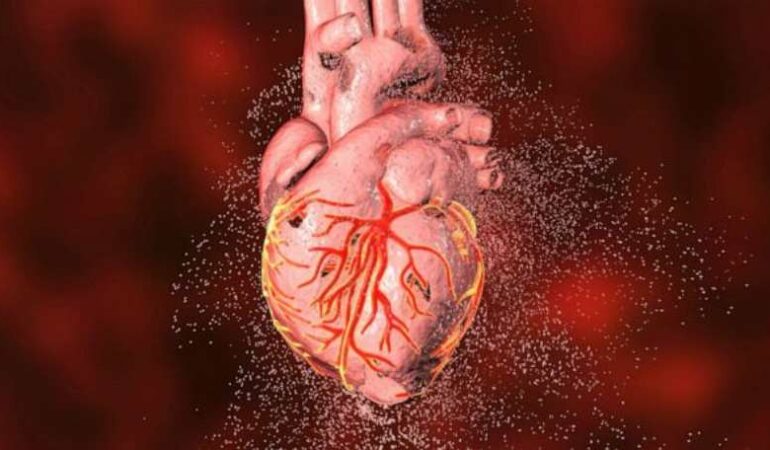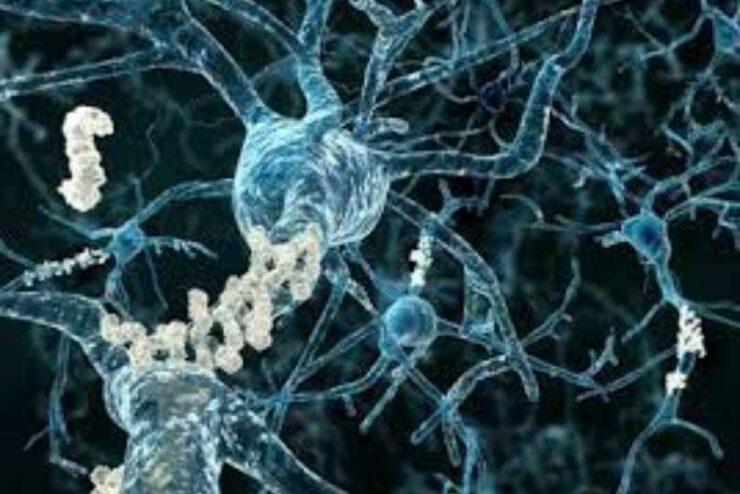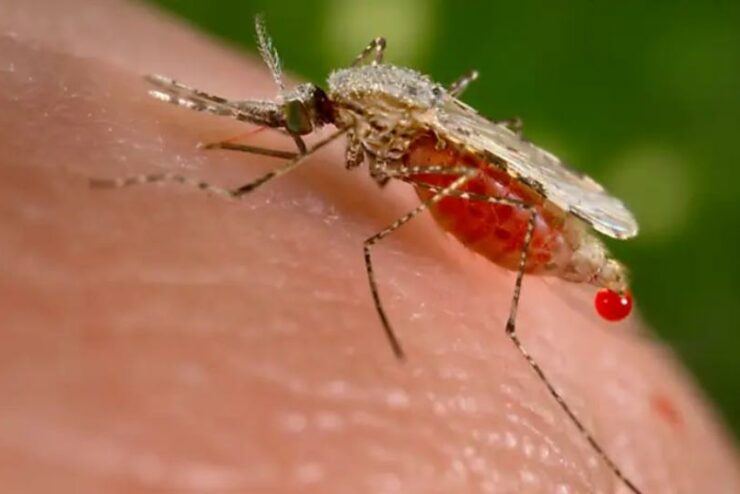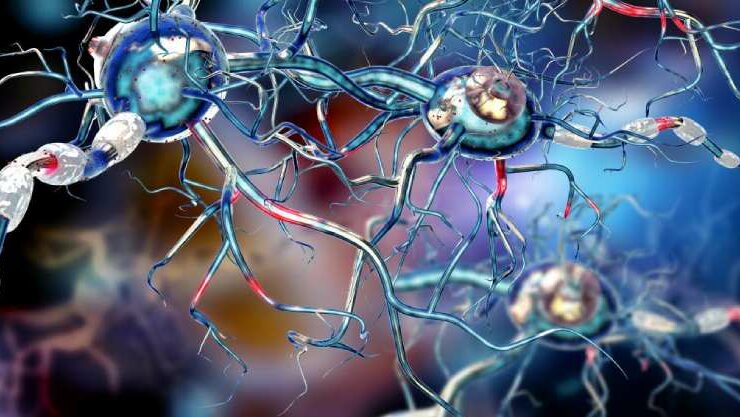Three men who were previously suffering from heart failure as a result of an accumulation of sticky, toxic proteins are now symptom-free after their condition spontaneously reversed, according to a research team from University College London (UCL) and the Royal Free Hospital. This extraordinary turn of events was reported by the research team.
The heart is affected by this progressive form of amyloidosis, which was previously thought to be irreversible. The prognosis has historically been poor, with half of patients passing away within four years of diagnosis.
Three men aged 68, 76, and 82 were the subjects of the new study, which was published as a letter in The New England Journal of Medicine. All three men recovered from transthyretin cardiac amyloidosis. Objective assessments, such as cardiovascular magnetic resonance (CMR) scans that showed that the buildup of amyloid proteins in the heart had cleared, confirmed their own reports of improved symptoms.
Professor Marianna Fontana, lead author, from the UCL Division of Medicine, stated: For the first time, we know that this disease can improve the heart. That raises the bar for what might be possible with new treatments, which was previously unknown.
In addition, the researchers discovered evidence of an immune response against amyloid in the three men. Other patients whose condition progressed normally did not have the amyloid-targeting antibodies.
Professor Julian Gillmore, senior author and Head of the UCL Centre for Amyloidosis, based at the Royal Free Hospital, is from the UCL Division of Medicine. It is not yet clear whether these antibodies contributed to the patients’ recovery. However, our data suggest that this is extremely likely, and it is possible to recreate such antibodies in the laboratory and use them as a treatment. Despite the fact that this research is still in its infancy, we are presently conducting additional investigation into this.
Amyloid deposits made up of the blood protein transthyretin (TTR) are what cause transthyretin (ATTR) amyloidosis. It can be inherited or not (a “wild-type” trait). ATTR amyloid cardiomyopathy (ATTR-CM) is the heart condition marked by the accumulation of these protein deposits. Although a number of “gene-silencing” therapies are currently being tested, which reduce TTR protein concentration in the blood and thereby slow ongoing amyloid formation, current treatments on the NHS aim to relieve the symptoms of heart failure (which may include fatigue, swelling in the legs or abdomen, and shortness of breath with activity).
The UCL Centre for Amyloidosis pioneered some imaging techniques, and as a result, more people are being diagnosed with the disease than they were 20 years ago. Previously, a biopsy (involving heart tissue) was required for diagnosis.
In addition, the imaging techniques allow for more precise monitoring of the burden of amyloid on the heart and, as a result, the progression of the disease. This makes it simpler to identify instances in which the condition has turned around rather than merely remaining stable.
One 68-year-old man started the most recent study, which received funding from the Royal Free Charity. The research team looked at the records of 1,663 patients who had been diagnosed with ATTR-CM as a result of this. Two more cases were found among these patients.
The three men’s recuperations were affirmed through blood tests, a few imaging methods including echocardiography (a sort of ultrasound), CMR checks and scintigraphy (an atomic medication bone sweep), and, for one persistent, an evaluation of activity limit. The structure and function of the heart had returned to a state that was close to normal, and amyloid had almost completely disappeared on CMR scans.
These three patients were the only ones whose condition had reversed, according to an in-depth examination of the records and assessments for the remaining 1,663 cohort members.
A heart muscle biopsy on one of the three men revealed an unusual inflammatory response, including macrophages—white blood cells—around the amyloid deposits, indicating an immune response. In 286 biopsies from patients whose disease had progressed normally, no such inflammatory response was found.
The researchers investigated this further and discovered antibodies in the three patients that specifically bound to synthetic ATTR amyloid and ATTR amyloid deposits in human and mouse tissue. 350 other patients in the cohort with a typical clinical course did not have such antibodies.
In the event that these antibodies were able to be harnessed, they could be used in conjunction with experimental new treatments that suppress the production of TTR proteins. This would make it possible for doctors to eliminate amyloid and stop additional amyloid deposition.
A single intravenous infusion of NTLA-2001, a novel CRISPR/Cas9-based gene editing therapy, is one such promising treatment. The trial, which is being led by Professor Gillmore, has shown early results that it may stop the progression of the disease.
One of the world’s leading centers for amyloid research is the UCL Centre for Amyloidosis. The only center in the UK that focuses solely on amyloidosis is the NHS National Amyloidosis Centre.
The Royal Free Charity’s chief executive, Jon Spiers, stated: We are pleased to support this research as a NHS charity. Our top priority is to encourage early-stage research that prompts the introduction of novel treatments to patients.
“This work not only represents a significant advance in our understanding of cardiac amyloidosis, but it also fundamentally opens up new treatment options that are more efficient. On behalf of all National Amyloidosis Centre patients and their families, many of whom have contributed to our research funding through their own fundraising efforts, we welcome this extremely significant development.
Disclaimer: The views, suggestions, and opinions expressed here are the sole responsibility of the experts. No Marketwise Analytics journalist was involved in the writing and production of this article.




